The No. 1 song in the country is barely played on the radio, and most people who aren't YouTube users have never heard it. Billboard launched a new Hot 100 chart this week, the result of a push to account for viral and stream-friendly tracks like Baauer's "Harlem Shake," which tops the list released Thursday morning.
"Harlem Shake" is a trap song released on Mad Decent, Diplo's label. Trap blends elements of hip-hop (particularly southern rap) with electronic dance music to create party music characterized by lots of snares and powerful bass drops. Baauer, the producer who made the song, is 23 years old, was born in Philadelphia and lived in various countries in Europe before landing in New York. He maintains -- and the viral videos the track has spawned confirm -- that the song has nothing to do with Harlem or the actual Harlem Shake, a real dance. (New York Times critic Jon Caramanica has a nice piece on why that may or may not be problematic.)
The song was released on May 22, but it wasn't until fans began posting YouTube videos of themselves dancing to a 30-second clip of the track that it took off. Tens of thousands of these videos have since been posted, and Mad Decent has done a great job monetizing the streams -- even though it hasn't cleared all the samples in the song.
Billboard admits "Harlem Shake" isn't making much of an impression on the radio, being played on only 112 of 1,235 stations the company tracks. Last week, it was only played twice -- in the entire country. (Another complicating factor: The "Harlem Shake" phenomenon is arguably just a visual meme -- only a portion of the song is used in the 30-second clips, and the point is hardly to listen to the track.)
Here's how Billboard explains the change:
Billboard is now incorporating all official videos on YouTube captured by Nielsen's streaming measurement, including Vevo on YouTube, and user-generated clips that utilize authorized audio into the Hot 100 and the Hot 100 formula-based genre charts – Hot Country Songs, Hot R&B/Hip-Hop Songs, R&B Songs, Rap Songs, Hot Latin Songs, Hot Rock Songs and Dance/Electronic Songs – to further reflect the divergent platforms for music consumption in today's world.
Others benefitting from the new model include Drake (whose "Started From The Bottom" jumped from No. 63 to the No. 10 spot) and Rihanna (whose "Stay" moved 57 to 3). Both leapfrogs are explained simply: The two songs now have music videos on YouTube.
It's clear that Billboard had to tweak the Hot 100 to account for the fact that more and more music consumers using YouTube, Spotify and other services. Equally clear is that this model will be a big opportunity for independent labels like Mad Decent, who are more nimble and thus able to jump on -- and are often better at creating -- viral trends (though it's worth noting the label had nothing to do with the start of the "Harlem Shake" phenomenon, which began after an amateur comedian set the blueprint for the videos). Another potential positive of the new chart: With YouTube playing such a big part, labels are likely to reinvest in the music video as a viable and commercially justified promotional technique, meaning bigger budgets and better productions are likely to follow.
But does the new chart weigh online listenership too heavily? Should an artist really be able to have the No. 1 song in the country with virtually no radio spins? Let us know what you think in the comments.
